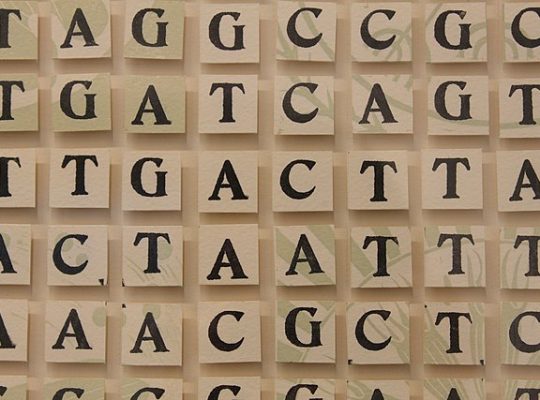Synthetic biologists write code. But when their code is compiled, it doesn’t become an app. It becomes, or at least changes, life.
“It’s quite literally the same thing [as lines of code], once we get to the point where it’s all electronic,” J. Christopher Anderson, a synthetic biologist at the University of California at Berkeley, tells me. “It’s a code that is A-T-C-Gs instead of 0s and 1s.”
Synthetic biology, the newer, cooler branch of genetic engineering, has gained a lot of attention in recent years because of its innovative take on biology, as well as for its similarities with the hugely successful software industry — programs to automate DNA sequencing used to write new genetic code — but in roughly a decade of existence, the field hasn’t achieved much of what it promises. Engineered microbes that produce sustainable fuels or turn carbon dioxide into plastic, bacteria that makes blood or antimalarial drugs, and organisms designed to attack cancer cells are just a handful of the potential applications from the biologically generated software.
But synthetic biology still struggles in one key area where the software industry excels: open access to information. Synthetic biology could easily be buried beneath patents protecting proprietary information, much like the pharmaceutical and biotech industries today. And while computer science and synthetic biology aren’t identical (there will likely be a lot less on the consumer-facing end from engineered DNA), a more open-source model within synthetic biology could expedite the experimentation process, allowing researchers to focus on the engineering aspects and not time-consuming DNA synthesis — ultimately bringing some of these ungodly sounding new life-forms out from labs and into the commercial world.
In the last few years, most of the hype surrounding synthetic biology has been about the counterculture of “biopunks” and “DIY bio-ers” that are shaking up the routine, methodical arena that is science — people tinkering with yogurt cells in homemade labs. Like nerdier Mark Zuckerbergs, it was cool to talk about the “generally young and in college, who work not in gleaming, glistening, bleeding-edge university or corporate laboratories, but in attics, basements, garages,” as a UCLA Magazine feature from two years ago reads. They’re the kind of people who were just “hacking up DNA,” said Wired. Yet the real promise of synthetic biology is not in labs — garage, university, or otherwise — but in open-source software programs used to engineer life.
Still, it’s been almost a decade since a bunch of engineering dudes at MIT joined forces with computer science guru Tom Knight, now known as The Godfather of Synthetic Biology, and decided that instead of simply moving genes from one organism to another — the more traditional field of genetic engineering — they’d mix genes or make DNA sequences from scratch, writing brand-new genetic code. They’d make things that could never be produced naturally.
“The field is still very much in its infancy, especially the deliverable software,” says Mike Fero, a Stanford researcher-turned-CEO of TeselaGen, a new company that’s working to “clean up the academic code” by rewriting the software that can read genetic code into more common programming languages like JavaScript and HTML5.
Featured image: “GATTACA” by Col Ford and Natasha de Vere is licensed under CC BY-ND 2.0.
